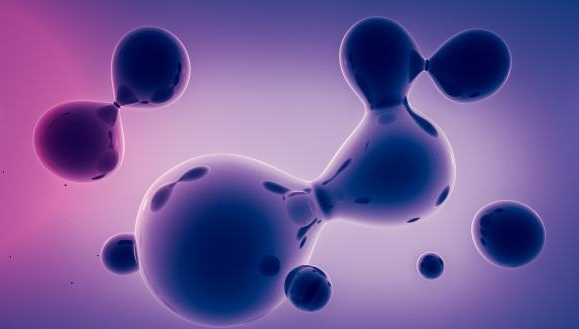Several different groups detected bacterial RNA polymerases at about the same time. Purification and characterization studies revealed that the fully active form of E. coli RNA polymerase, the RNA polymerase holoenzyme, is a large multisubunit protein (molecular mass-459 kDa) that has six subunits. RNA polymerase holoenzymes from other bacteria have the same multisubunit structure and the sequence of each of the subunits appears to have been conserved during evolution.
RNA polymerase activity is usually assayed using a reaction mixture that contains RNA polymerase (which may be in a crude extract), DNA, Mg 2+ , three nonradioactive NTPs, and one radioactive NTP labeled either in the base with 3H or 14C or in the phosphate attached to the ribose with. 32P. The reaction is stopped by adding trichloroacetic acid which causes the newly formed RNA but not the nucleoside triphosphate precursors to become insoluble, and the precipitate is collected by filtration or centrifugation. The amount of radioactivity in the precipitate is proportional to the amount of RNA synthesized.
The large size of the bacterial holoenzyme compared to typical enzymes raises the question of whether some complex feature of the polymerization reaction requires such a large enzyme. In fact, E. coli bacteriophage T7 RNA polymerase, which has only one polypeptide subunit with a molecular mass 99 kDa and a tertiary structure (FGi-u T. ) Clearly, the polymerization reaction itself does not require a huge multisubunit bacterial enzyme.
Clues to understanding reason for the size differences between the E. coli and the T7 phage enzymes come from attempting to use the T7 phage enzyme to transcribe E. coli DNA and studying the gene organization of the T7 phage. First, the T7 phage RNA polymerase can transcribe at best a small fraction of the E. coli genes. Second. T7 phage genes are arranged in only a few transcription units so there are only a few RNA polymerase binding sites. In E. coli RNA polymerase must be able not only to recognize approximately 4300 genes, which are signaled by about a thousand different binding sites but also to respond to a large number of regulatory proteins that alter the polymerase's ability to recognize a binding site. It seems likely that these multiple requirements necessitate the large muitisubunit E. coli enzyme.








